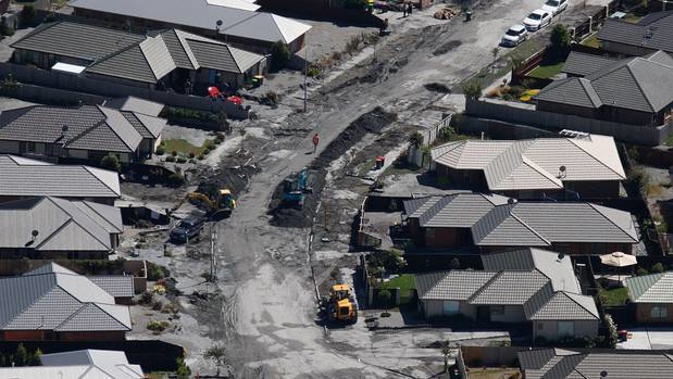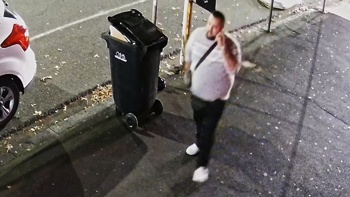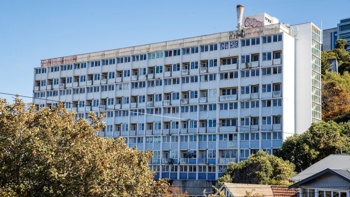
Thousands of home-owners who live in high-risk earthquake-prone areas and insure via Tower are set to face hikes in their premiums while those in low risk areas like Auckland will get a cut.
The NZX-listed insurance company, which is New Zealand's third largest general insurer, says it will stop cross-subsidising its policy-holders from April 1 in a bid to send a clearer message to home-owners about the risks of where they live.
Richard Harding, Tower chief executive, said at the moment six Auckland households were paying more to subsidise insurance premiums for every one high-risk house in Wellington, Canterbury or Gisborne.
"The New Zealand economy faces a range of climatic and geological risks, which in the long-term could see reinsurers charging more, or restricting cover in certain areas.
"One of our roles as an insurer is to put risk signals in the market to help change and influence community and government behaviour, the pricing of insurance for risk is one of these signals.
"We believe risk-based pricing is the fairest way to distribute the costs we face as an insurer and is an important step in better educating the community on the risks facing New Zealand."
Harding said at the moment the cross-subsidisation of the industry meant some areas were seeing residential development where it shouldn't be built.
"More needs to be done to understand and mitigate risk at all level, from where and what type of house to build, to whether land should be reclaimed and built on in high earthquake risk areas."
The insurer has used RMS, a global catastrophe modelling firm, to work out the risk and pricing for every property in New Zealand
Tower said the change would see fewer than 2.5 per cent of its 350,000 customers facing an increase of more than $250 while others could get a see a cut of between $10 and $100.
That would mean a person with a $1.3m property in Auckland's Dairy Flat area might pay just $40 of earthquake-related costs for cover.
While someone with a $535,000 house in a high-risk part of Petone could expect to pay $1400.
Harding admitted some people with high-spec expensive houses built in high-risk areas could face increases of several thousands of dollars in one year.
He said the move was not about the insurer trying to get rid of high-risk business.
"It is about making sure we do the right thing for New Zealand and for our customers."
But he admitted the change could result in it losing earthquake-prone customers.
"Will we lose some customers - yes that is true - there is no denying that."
"We would rather keep those customers but that is the nature of the market."
However, he expected rival insurers to follow suit.
"There will be a competitive response it is just when and how long."
Harding said it was making the change before another big event forced it to.
While the Canterbury earthquakes were big, the costs and impact to the economy from a Wellington-centered quake would potentially be a lot higher.
He pointed to the Kaikoura quakes where the epicentre was 600km away from the capital but two-thirds of the $2 billion-plus damage was caused in Wellington.
Much of the risks in Wellington sit with the reclaimed land and the fault line which runs virtually underneath where the beehive sits.
Harding said Wellington airport was sitting on land that didn't exist before the 1900s and the same was true of Napier's airport.
He said New Zealand needed to be thinking ahead about not just earthquakes but climate change and how to manage the risks that many communities were exposed to.
That could include the government thinking now about whether certain communities might need to move in the next 30 or 40 years.
Take your Radio, Podcasts and Music with you









